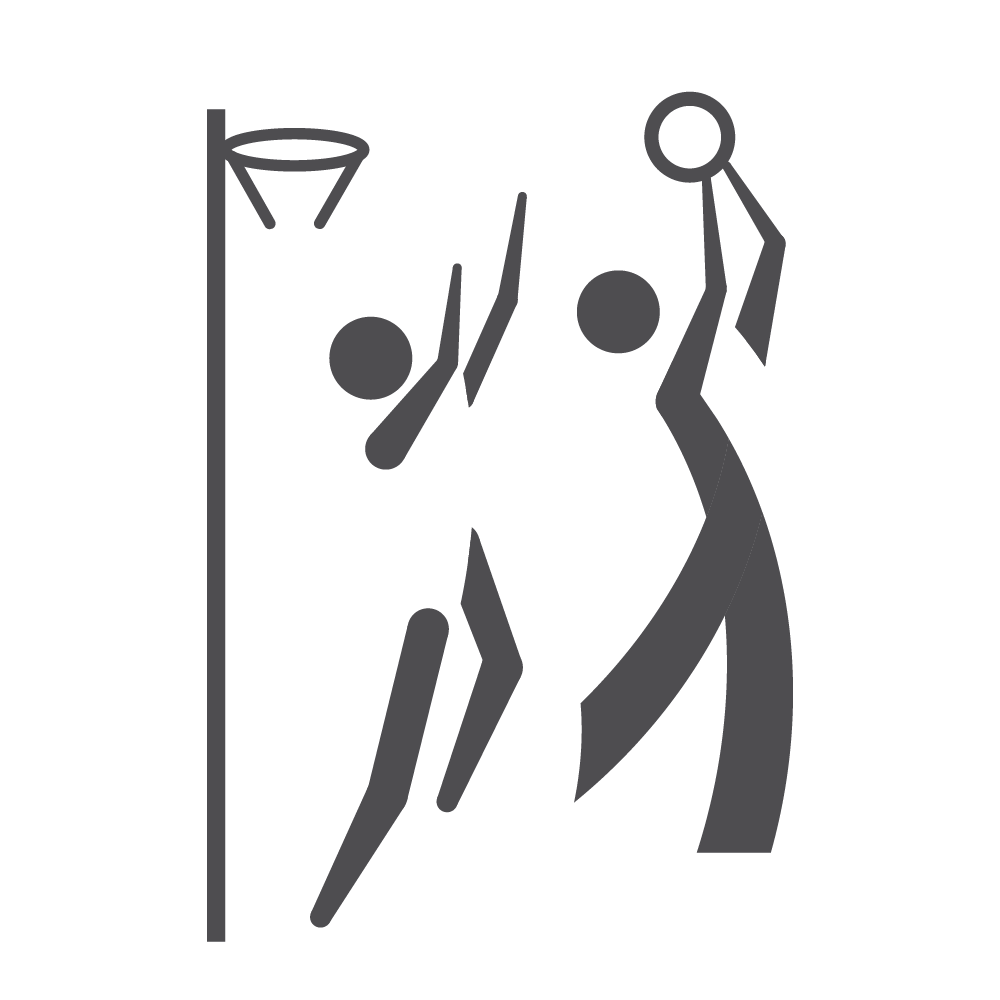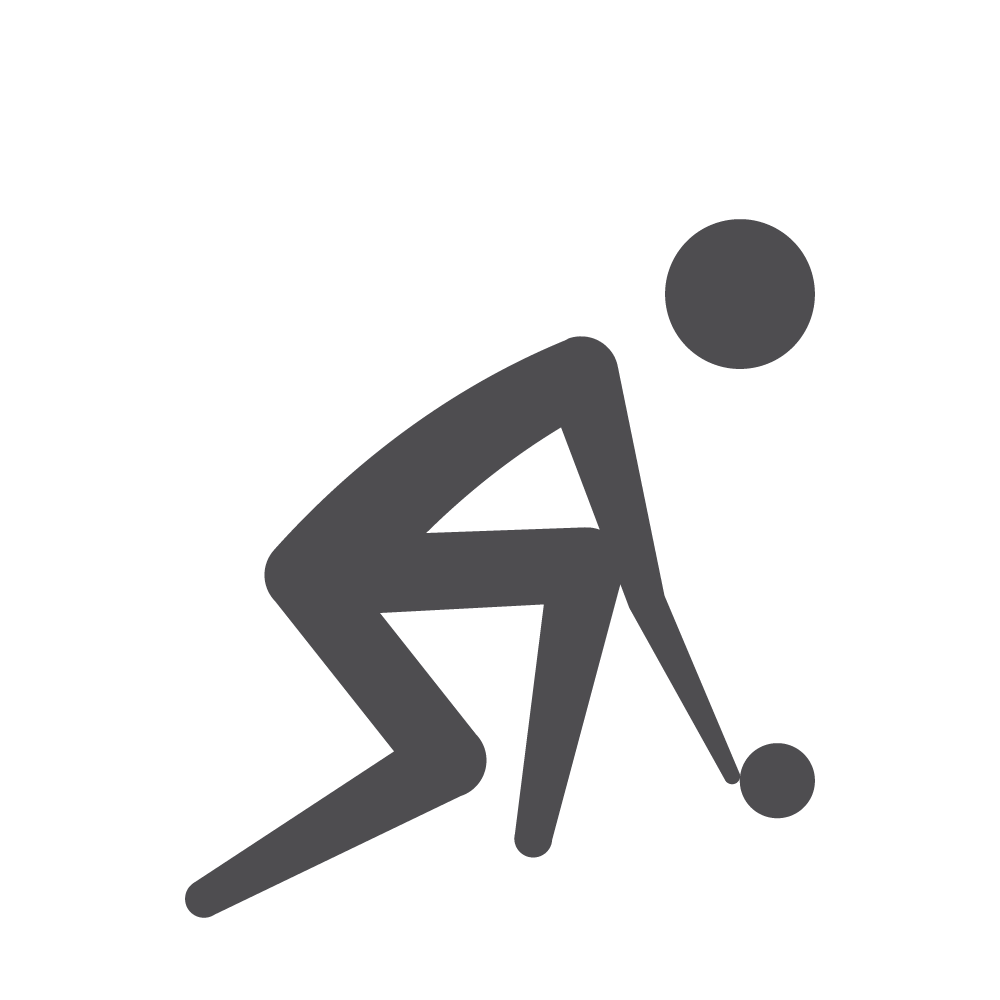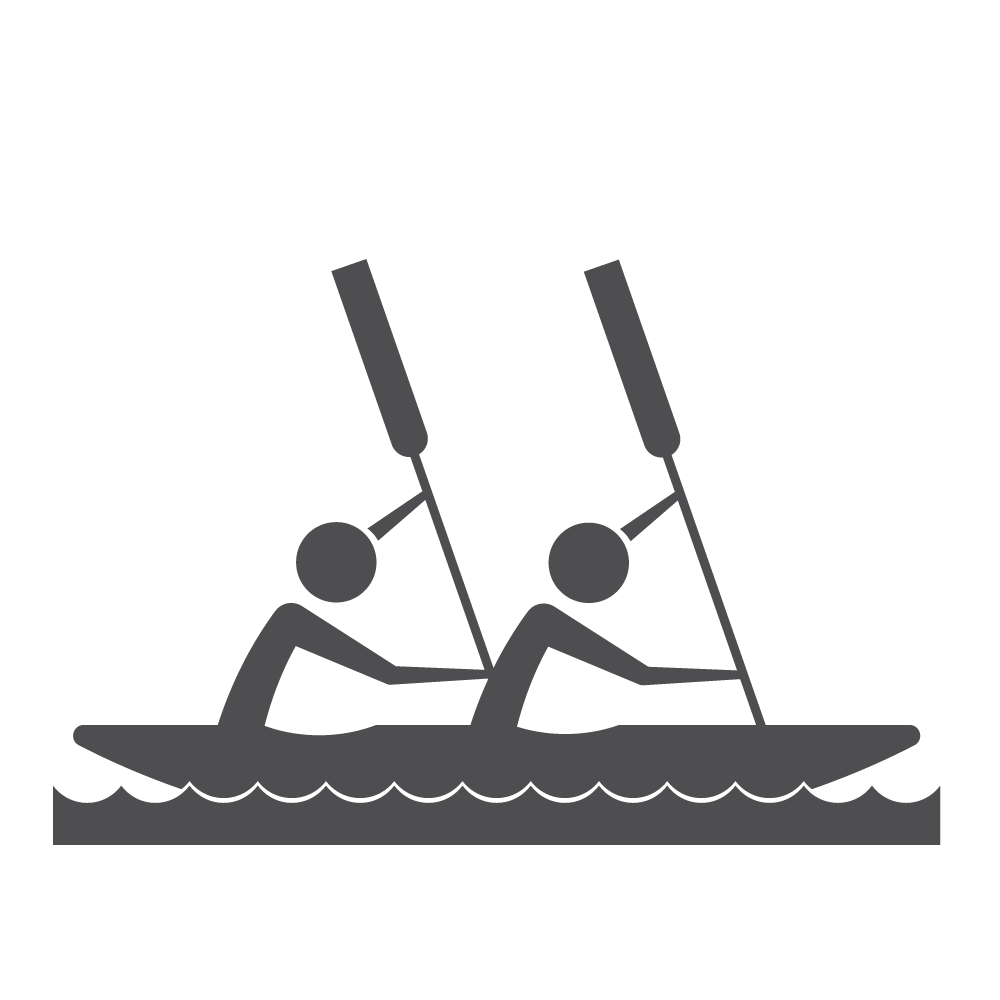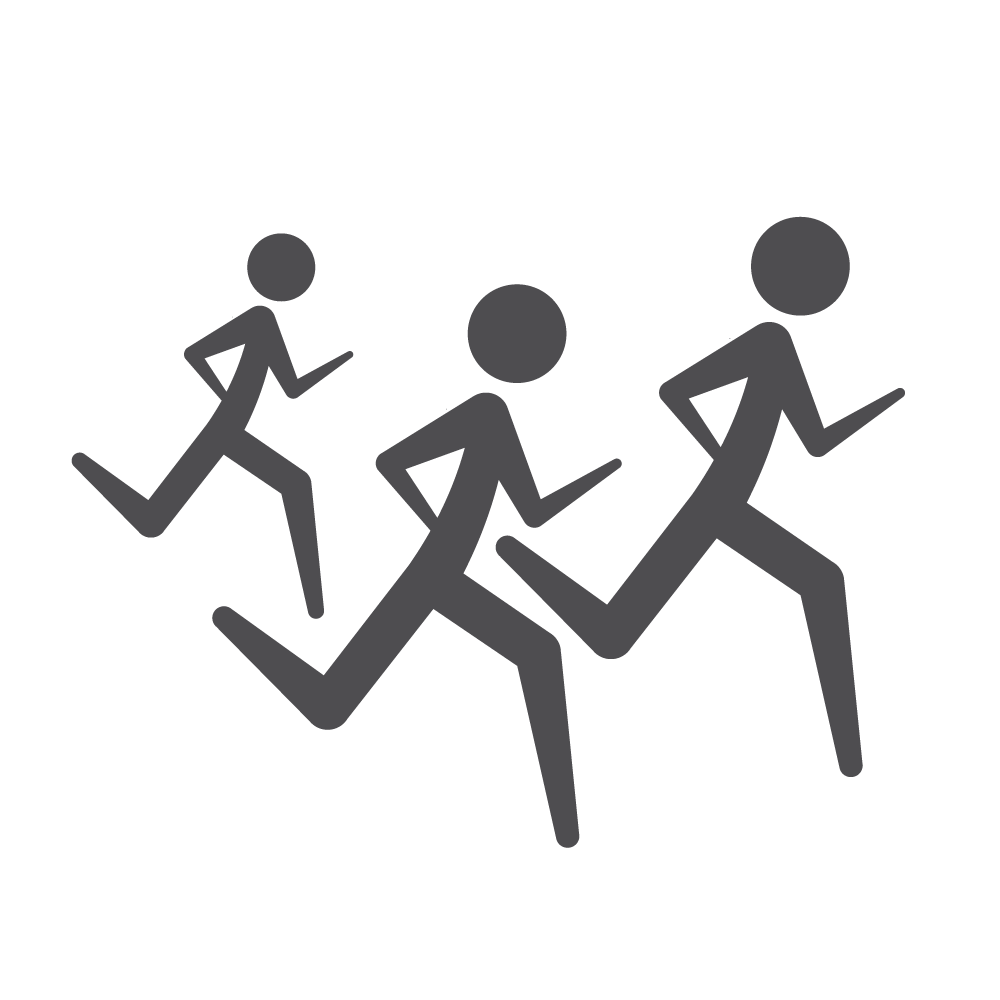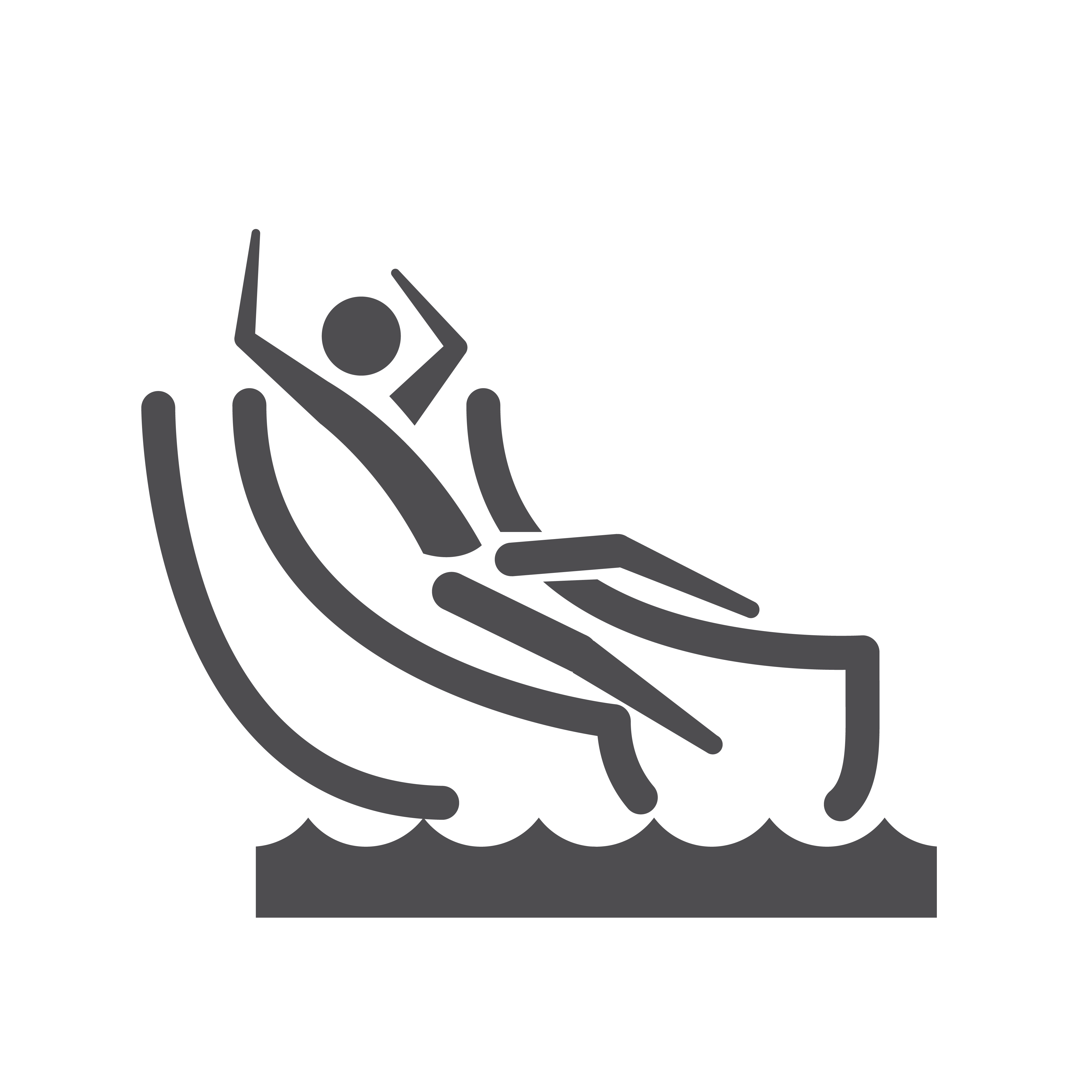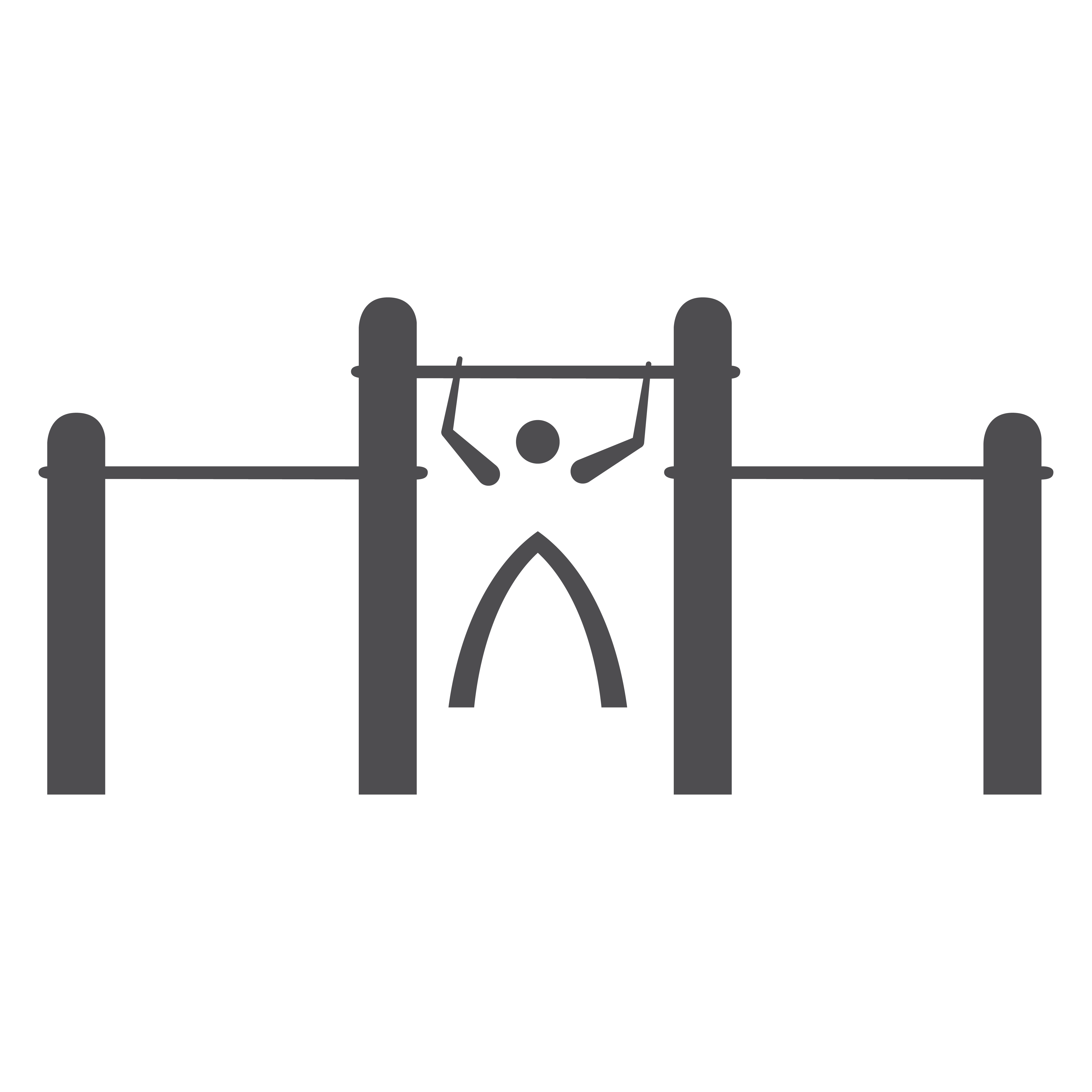Get active and you’ll feel better.
PHOTO: SINGAPORE SPORTS HUB, SPORTS HUB GYM
The term ‘cardio’ gets thrown around a lot. What exactly is cardio? It’s an abbreviation of ‘cardiovascular exercise’. As its name suggests, it involves physical activities like running and static workouts that raise your heart rate and encourage blood circulation.
Many people talk about getting enough cardio, but what exactly is its importance? Believe it or not, scheduling regular cardiovascular exercise can change your life for the better. Perform it safely and correctly, and your mind and body will be rewarded handsomely.
Everyone can join the fun
Cardio involves long durations of repeated movements and some of these movements subject your joints to bearing your body weight. As performing ‘high-impact’ cardio exercises frequently can lead to injury, you can intersperse them with ‘low-impact’ cardio exercises, which can include swimming and other leisurely activities.
Experts recommend moderately intense cardio 30 minutes a day, 5 days a week (eg. doing household chores and climbing stairs) or vigorously intense cardio for 20 minutes a day, 3 days a week (eg. high intensity interval training, football, basketball and running).
You won’t find cardio mundane if you keep it interesting, so consider trying new sports with your buddies. Everything from dancing to hiking is cardio.
Even persons with injuries or disabilities can perform cardio exercises. Just consult a certified trainer or physician, who will prescribe you exercises that involve moving the limbs and body parts that are mobile.
Cheered on by the home crowd, Feng Tian Wei of Singapore rallied impressively against Republic of Korea’s Jeon Jihee in the Round of 16 to book herself a place in the quarter-finals. However, she was defeated by eventual champion Chen Meng of China.

Swimmer at OCBC Aquatic Centre.
PHOTO: SINGAPORE SPORTS HUB
Exercise as medicine
As cardio burns fat, it helps keep one’s weight in check. It also improves organ function and overall metabolism. The heart, in particular, becomes stronger with cardio and the lungs increase in capacity over time, which elevate endurance.
Besides stimulating the production of antibodies and white blood cells that boost your immunity, cardio also releases endorphins that improve mood and relieve stress, depression and anxiety.
Good circulation and better bodily functions are likely to also improve energy levels by day and help you sleep soundly at night.
Muscles in use also consume more glucose, meaning cardio exercise also helps to regulate blood sugar levels.
You can rest easy knowing that you will enjoy a significantly lower risk of developing chronic illnesses like heart disease, high cholesterol, high blood pressure, diabetes and some forms of cancer.
In some studies, cardio has also been observed to influence bone density, which has helped some people alleviate their arthritis.
Let’s go!
Exploring new neighbourhoods by jogging, running or cycling is lots of fun. Hop on a manual scooter or skateboard, or lace up a pair of roller skates. That counts as cardio too!
If circumstances force you indoors, gyms have all kinds of cardio machines like elliptical trainers, rowing machines, spin bikes and stair climbers. If you don’t have access to a gym, read up online about how to do static cardio exercises safely, such as jogging on the spot, burpees, jumping jacks, lunges and squats.
If you’re a newbie, take it easy and progress slowly. Although it’s good to push yourself to your limit (known as ‘overreaching’), pushing yourself way past your physical limit (known as ‘overtraining’) is dangerous and can lead to injury that will sideline you from future exercise.
Here’s a simple rule of thumb: Read up about the exercises you are about to perform or seek advice from a qualified person. If you feel any unusual discomfort during exercise, stop and consult a health professional. Don’t skip warm-ups and cool-downs!




